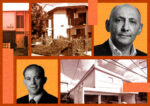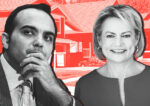Trending
This month in real estate history
Robert Moses proposes traffic jam solutions, </br>arson becomes an epidemic, and more...
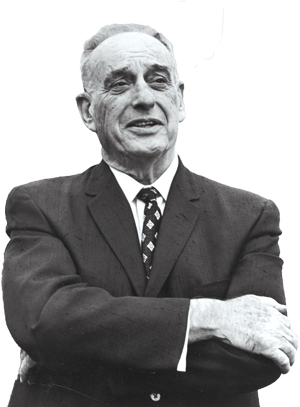
1945: Moses proposes elevated roadways

Robert Moses
Robert Moses, New York City Commissioner of Parks, penned an ambitious two-page report in the New York Times on how to solve traffic jams and the lack of parking in Midtown Manhattan 71 years ago this month. His ideas included carving arcades into the ground floors of buildings, where sidewalks could be relocated, while widening vehicular roadways onto the existing sidewalks. But his most radical proposal was building elevated crosstown expressways in Manhattan, including ones designed to go through buildings. “This is entirely feasible from an engineering point of view,” he wrote. Building owners, however, were “almost unanimous” in their opposition to the idea of giving up space on the second and third floors of their properties to execute the plan. Moses also came out in favor of parking meters, though opponents were calling for the establishment of a separate city traffic and parking authority that would develop and operate government-owned parking garages. Moses, the master builder, did transform New York City in a myriad of ways, including building elevated highways such as the Brooklyn-Queens Expressway, but his proposed network of elevated roadways in Manhattan was never realized.
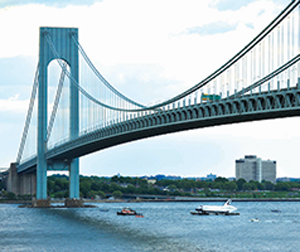
Verranzano-Narrows Bridge
1964: Verrazano-Narrows Bridge opens
The Verrazano-Narrows Bridge opened 52 years ago this month. Linking Staten Island and Brooklyn had been a “fifty-year old dream of planners,” the New York Times reported during the bridge’s groundbreaking five years earlier. As officials predicted, the bridge signaled the end of Staten Island’s rolling farmland and the borough’s isolation from the rest of the city. The longest suspension bridge at the time, the Verrazano also fueled a population boom and drove suburban-style residential development. In its first full year of operation, the bridge’s traffic volume of 17 million vehicles overshot engineers’ estimates by 34 percent. By 1967, the Verrazano’s popularity prompted the Triborough Bridge and Tunnel Authority, with Robert Moses at its helm, to move forward with the addition of a six-lane lower level to the structure. It also opened a path from Brooklyn to New Jersey and New England. When the bridge opened in 1964, the toll was 50 cents. Today, it costs $15.
1980: Arsons hit record rate
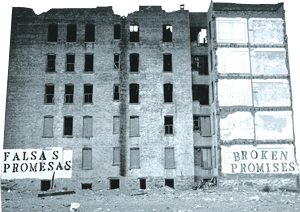
A burned-out building in the Bronx in the 1970s
Arson for profit, in which fires were deliberately set by property owners in order to collect insurance, was becoming a systemic problem in poor neighborhoods across the city 36 years ago this month, the New York Times reported in the first of a three-part series. “The city is burning down,” said Lieut. Arthur Dallas, head of the Police Department’s Arson and Explosion Squad in the Bronx. Arson cases the previous year hit a record of 7,754 and were blamed for causing 50 deaths. In 1980, the city was projecting that number would rise to 9,500. Buildings vulnerable for arson were found to be ones that were subject to tenants who failed to pay rent, vandalism and rising operational costs. Brooklyn and the Bronx had the largest percentage of arson cases, at 38.5 percent and 27.5 percent, respectively, of the city’s total. Law enforcement officials said their investigations were often impeded by the difficulty of determining the true owners of a given building, as well as by insurance firms, which often sold policies without inspecting properties and paid out damages before investigators could do their work. “Arson is becoming a way out for the businessman who can’t make ends meet or even the homeowner who can’t keep up with mortgage payments,” Thomas Martin, the coordinator of the city’s Arson Strike Force, told the Times.


